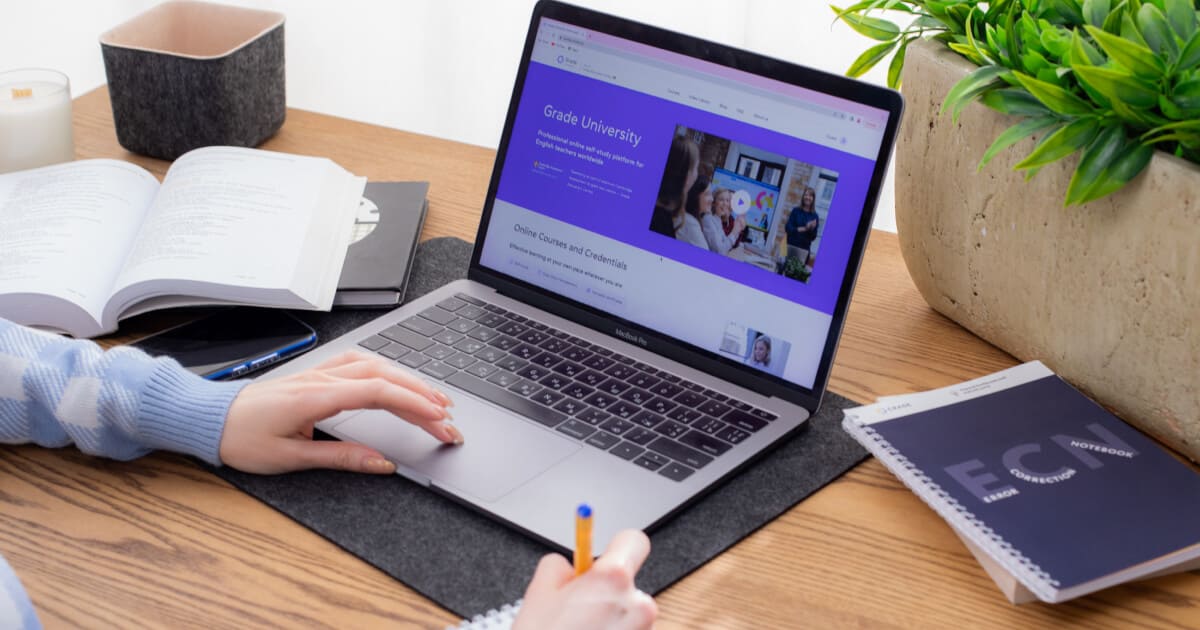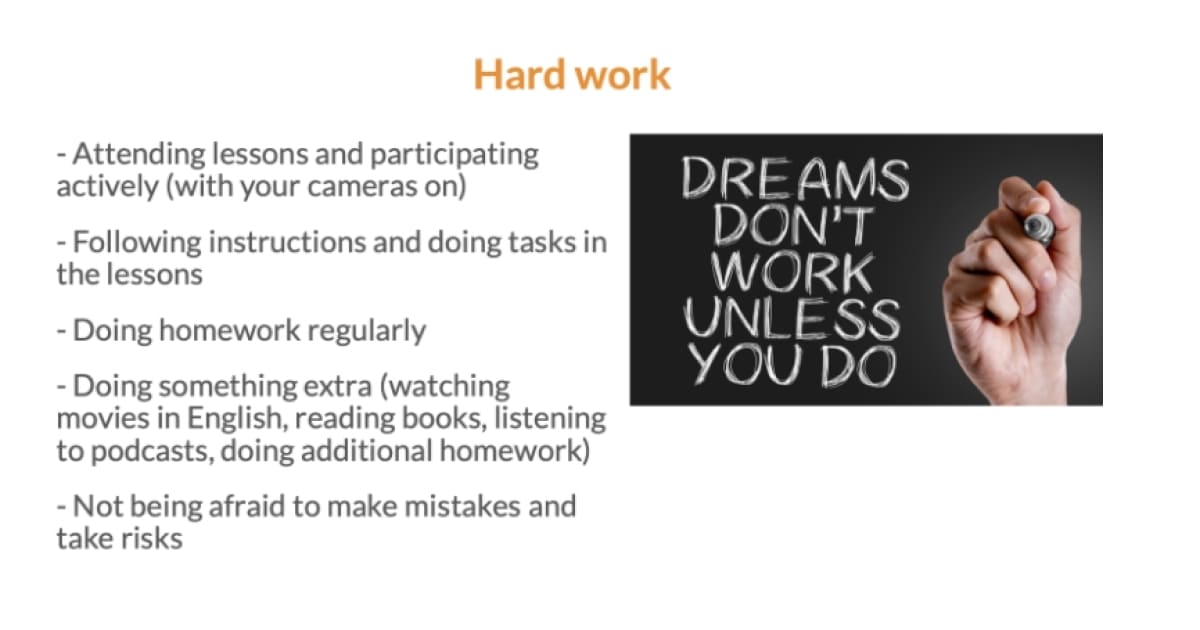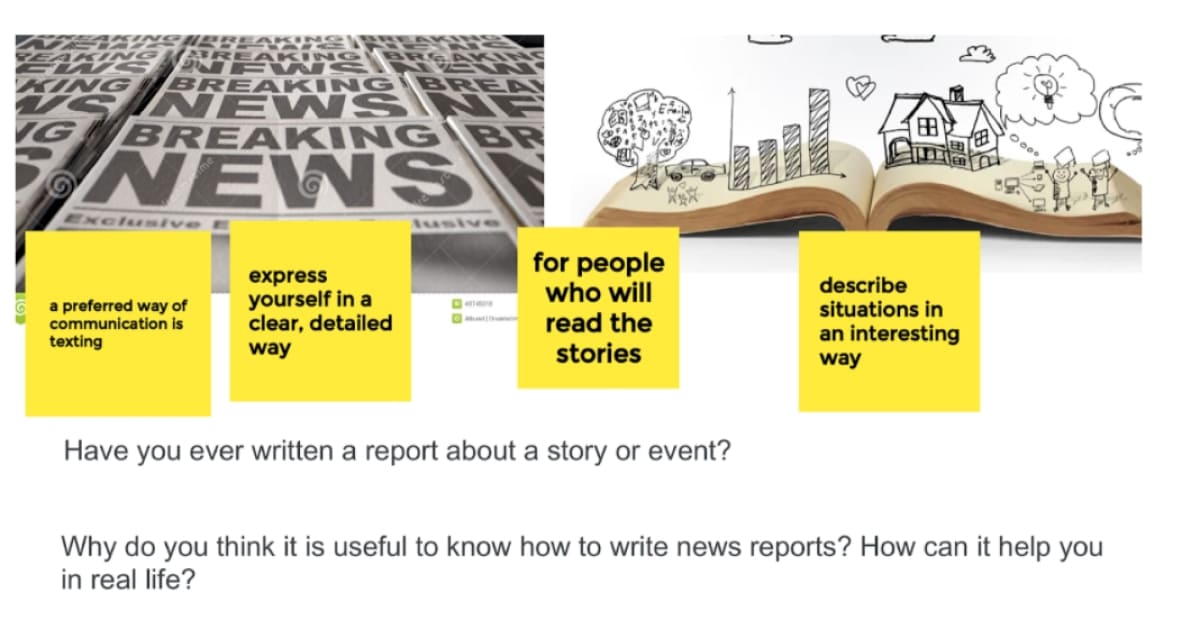How to set aims for your lessons?
- Teaching qualifications
- Tips & Strategies

13.09.2022
Motivation is responsible for why people decide to do something, how long they will continue to do it, and how much effort they will put into it. Colleagues who teach English to teenagers and adults often say that these students are sometimes too difficult to motivate, or that they have no motivation at all.
Do you have the same problem? Then our today’s newsletter is for you.
Our teacher, Iryna Avalishvili, has conducted a Professional Development Day at Grade Education Centre, and shares her own tips as well as ready-made activities you can use in your EFL/ESL classrooms.
At the first stage, when you need to create the conditions for motivating students, you can take the following steps:
Individual meetings
Schedule an individual meeting (10/15 minutes) with each student at the beginning of the course. Ask them about their previous experience with language learning, their goals, and any concerns that they might have.
If you feel that you don’t have time for each student, observe your group and choose those learners (e.g. shy, hostile, disruptive) who you feel need and will benefit from your attention through such meetings. Alternatively, you can let your students express their concerns in a written form and give written feedback in Google forms.
Find out what their beliefs are
Discuss with your learners their beliefs about language learning. Administer the questionnaire to see what they believe to be true about the language learning process and confront/confirm those beliefs.

Do not let your students’ accomplishments go unnoticed
Leave an encouraging comment (for a writing task), send a text message to the student who, in your opinion, will appreciate your attention, send a message to the group chat recognising their efforts.
In order to form students’ initial motivation, they need a vision of themselves in the future. The following tasks will help you with this.
Encourage your students to visualise their success
Ask students to visualise their success. You can read the script (e.g. close your eyes and imagine yourself in 2 years’ time) to help them do so with their eyes closed. After they visualise their future selves, ask them to share their vision. After that, they can discuss how they are going to deal with possible distractions on their way to this vision.
Establish norms of behaviour and group norms
During the first lesson, agree on norms of behavior in the classroom, punishment and encouragement. This can be done through presentations, posters or inviting students to develop them together.

Create purposeful tasks
Whenever you prepare some tasks or exercises for the lesson, always make sure that you explain the purpose of the task, how it relates to students’ goals and make it relevant for them.
Here is an example of a discussion with a group of Intermediate students who were going to learn how to write news reports:

Create a sense of security for students
Make clear to students that your classroom is a place where they can experiment with the language without being afraid to make mistakes. It should be their safe zone. They will be able to sense that after you explicitly tell about how you view mistakes and make corrections in a non-threatening way (through reformulations and delayed error correction).
The following steps will be needed to reduce students’ anxiety and increase language acquisition.
Prepare tasks in a way that will enable students to experience success
For example, you can create a checklist that will allow you to adapt tasks so that students feel motivated and confident while completing them. It is also worth giving students enough time to complete it.
In addition, make sure your students have certain criteria for success (modelling tasks) and the outcome to achieve.
Promote cooperation
You can promote cooperation among learners by assigning them a task that can be completed in small groups (in the lesson, for homework). In this way, you can combine social and academic goals.
Create a novelty effect
Add to your usual/regular task an element of novelty/ challenge/ interest/ relevance/fantasy/ humour/ competition.
It is necessary to create conditions in which students will be able to track their own progress and reflect.
Encourage students to set goals for the week/month/year
You can have ‘goal-setting conferences’ with each student, or, alternatively, ask them to keep a so-called ‘goal-setting logbook’. Before that, you can teach them the reason behind doing that and ‘ABCD’ of goals (they must be Achievable, Believable, Conceivable (clearly stated), Desirable).
Send them the following statements in Google documents or Google forms and track their progress.

Encourage students to notice their progress
Our learners do not usually notice what they’ve done during the semester or the whole course. You can send google forms with some guiding questions for reflection and analysis. Also, you can make their progress visual by creating a table with the topics/skills you’ve covered so that they can tick/highlight what they’ve learned during a particular period of time.
Implementing these strategies takes time. Start with a few techniques. See what happens and watch the students react. Even a small innovation can change the situation!
Say goodbye to challenging teen classes and teach with confidence
Yulia Chorna
Author
Product Manager at Grade University | Experienced Educator in General, Business English & Exam Prep | ELT Conference Organiser | Speaker at TESOL & IATEFL Conferences | Passionate About Teacher Development & Educational Innovation
Comments
Leave your comment